
16 min
0
06.05.2024
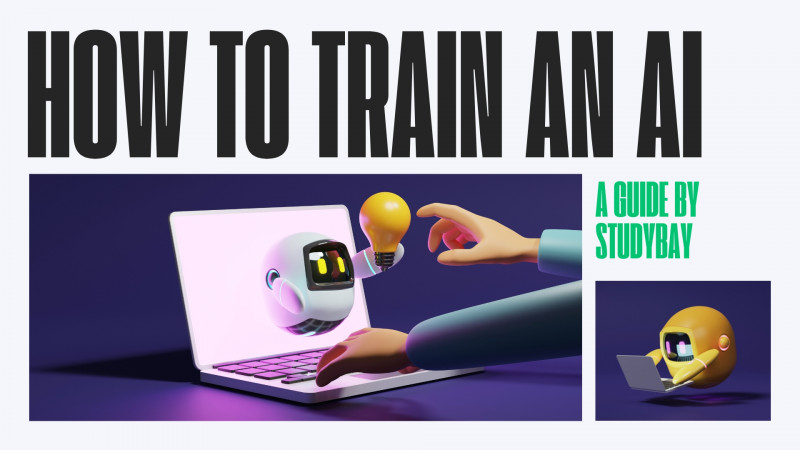
In many ways, the sci-fi future envisioned in movies and dime store novels has come to pass. We may not have the flying cars yet that were promised, but the rise of artificial intelligence is definitely happening all around us.
As AI begins to infiltrate various aspects of society, many entities are realizing how alluring the idea of having their own bespoke model is. Since it is not as difficult to train AI models as you might imagine, dozens, if not hundreds, of corporations are doing so as we speak.
If you have the capability to train one of these models so that it fulfills your specific requirements, then why hesitate to do it? Any individual can use one of the language learning models that are out there. Perhaps the idea of creating a custom one using your own data is too good to pass up.
Before you get started, though, you should understand what is required if you are interested in this type of endeavor. Creating a type of artificial intelligence that answers to you or your company might sound enticing. However, there are some pressing considerations that should be on your mind as you embark on such a project.
What Goes Into Fine-Tuning?
Training an AI isn’t something just anyone can do. Though it is relatively easy, you still need a good deal of technical know-how and expertise. More specifically, you need to know how to fine-tune your LLM. This stands for language learning model.
LLM
A language learning model, sometimes simply referred to as a LM or a LLM, is a type of machine learning model. It uses enormous amounts of text data. These entities can understand natural language. They can also produce amazingly human-like text.
They work by carefully analyzing the information that you feed them. During the fine-tuning process, you would take one of these models and give it knowledge you have curated and tailored to suit your company’s needs. The model then does the following:
- It determines word probabilities
- It uses an algorithm to establish logical rules for context that go into natural, human-made language
- It then applies the rules it has established to produce or predict new sentences
In other words, fine-tuning is a process of supervised learning. If you’re going to train AI, this is what makes the most sense to do. You start with a very stripped down version of the technology. Then, you teach it in much the same way you would a small child.
Once the model has learned fundamental language concepts, you continue giving it knowledge. The information you give it should be relevant to the specific tasks you want the AI to accomplish.
This is how you eventually end up with a bespoke chatbot that can do all kinds of writing and other tasks. The specific domain in which you train it could be just about anything.
When you start to understand the ramifications of having this type of tool, it should come as no surprise that all kinds of companies are excited about what this awe-inspiring new technology can do.
Train Your Own AI Model with a Customized ChatGPT Feature
If AI model training interests you, there’s no better place to start than with ChatGPT. You have probably heard about this tool before. It is a combination of a virtual assistant and chatbot. The OpenAI company put it out in November 2022.
This tool uses natural language processing, sometimes abbreviated as NLP. As a user, you can have a conversation with it that is very much like talking to a human. It is intuitive, rapid in its responses, and can seem incredibly lifelike.
You can also train a customized version of ChatGPT, though. If you elect to do so, you can enjoy the following benefits:
- You can tailor it to your needs and interests
- You can incorporate your unique knowledge so that it is not identical to any other bot that’s out there
- You can assign it particular applications, such as making it your own personal assistant or giving it domain-specific tasks
If this sounds good to you, then you’ll need to create an account with the ChatGPT platform. Once you have done that, you can begin to upload curated information into it. The "customize" feature, which allows users to tailor their experience, is only accessible on paid accounts.
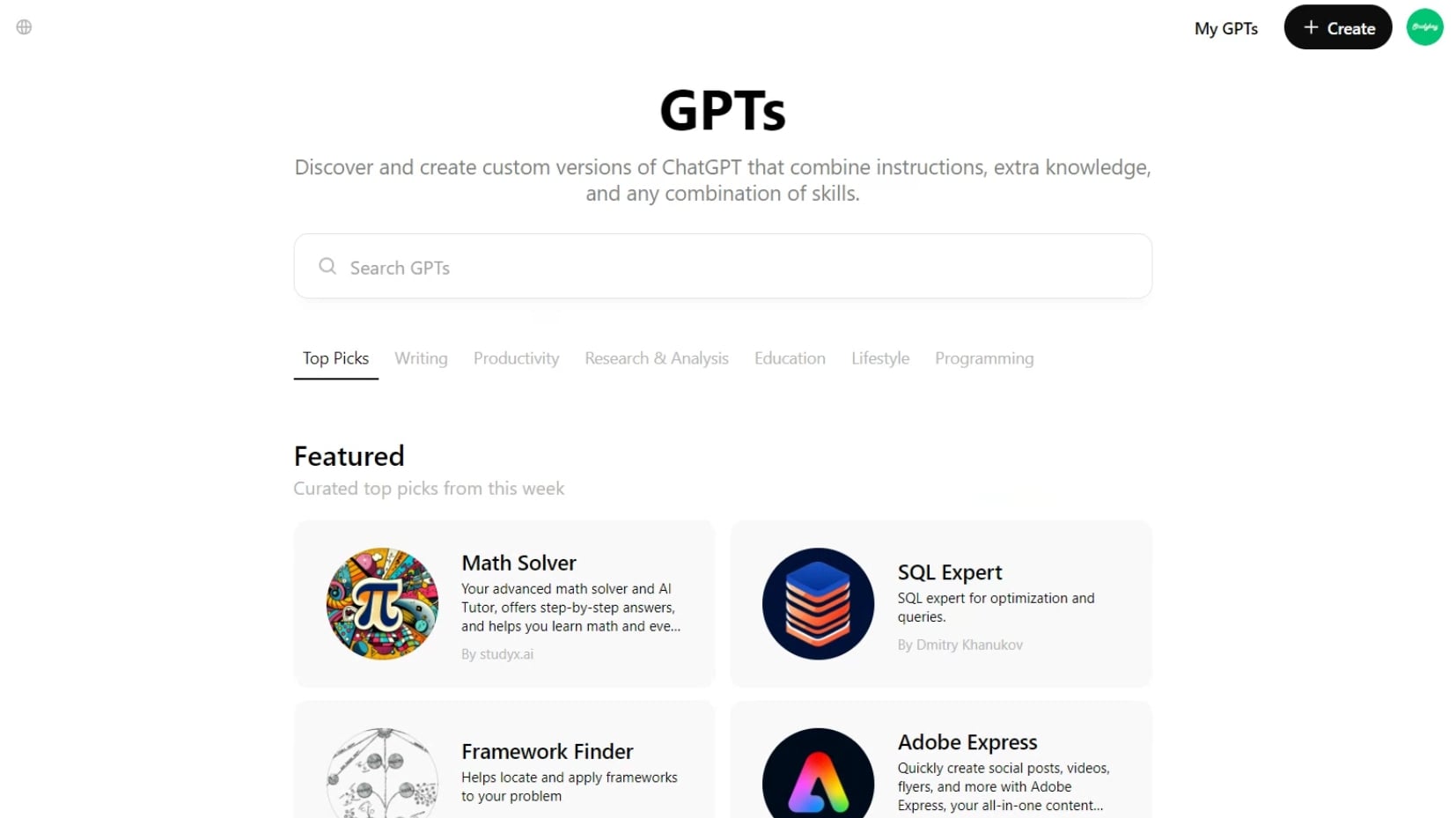
Training AI Model: Getting Your Data Ready
You now know the basics of how to train AI. What else should you know before you get started, though?
One thing to keep in mind before you dive into this project is that you need to have high-quality training data. If you use just any data during the fine-tuning process, you’re going to end up with a version of a chatbot that can’t fulfill the basic tasks you would most like to see from it.
That means you need to be incredibly selective as you get ready to train the model. The data you compile and format is similar to the lesson plan that you would teach a human student from a very young age. If you didn’t teach kindergarteners about their letters, counting, and so forth, then they could not very well understand the more complex lessons you’d hope to teach them as they got older.
While anyone can feed data into a simplified AI model, if that information is nonsensical, the tool you end up with won’t be of any value to you. To ensure optimal performance, it's essential to use high-quality essays with proper formatting when customizing your experience. Remember, the quality of the input significantly impacts the AI model's output.
It follows that if you are going to do this, you need to find individuals who know how to develop and structure the correct data for this all-important training period. They also need to:
- Ensure data diversity and relevance
- Cover a broad range of topics and scenarios the bot might encounter
- Align seamlessly with your most common intended use cases
You also need to keep an eye out for sensitive data or potentially offensive content. There are already plenty of instances of AI models using hurtful language or perpetuating harmful stereotypes.
The way this happens is that some language models get trained on social media platforms or other data subsets that are full of potentially harmful data. Obviously, if you’re going to train one of these bots, this is something you don’t want to happen.
To avoid it, identify and mitigate any biases in your data before you start this programming period. Ethical considerations when selecting the information you will use during training are something every individual or company creating a customized version of these bots must know about. Training AI models is something you must always do responsibly.
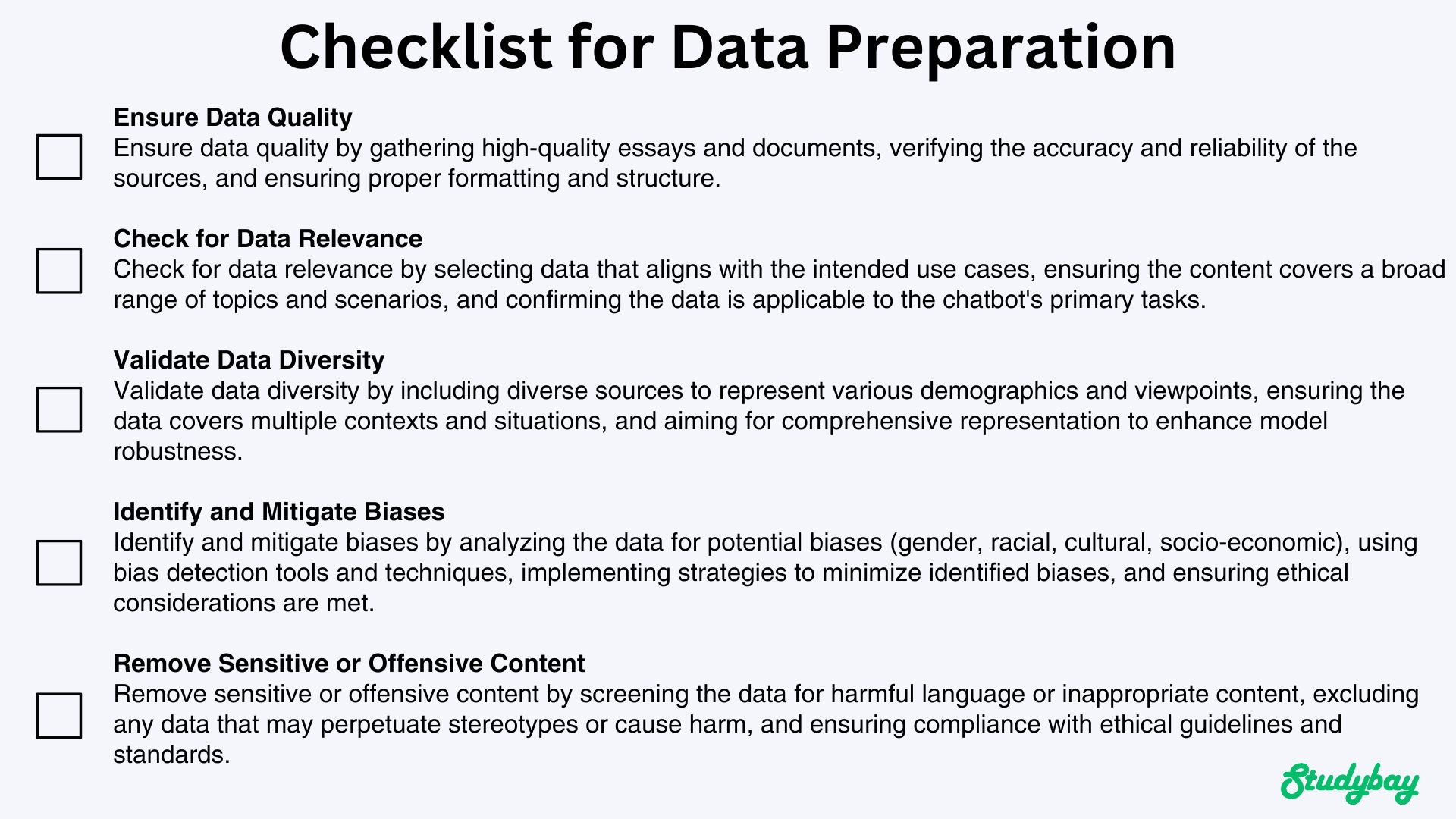
Configuring a Custom ChatGPT Algorithm
By tailoring ChatGPT to your specific requirements, you may create an AI model that is second to none. Let’s take a closer look at the process through which training an AI model becomes possible.
By following these steps, you may maximize your AI experience by uploading your data, customizing ChatGPT's settings, and providing clear directions.
- First, go to the main page and click on "Create" in the top right corner next to your profile image to start configuring your own ChatGPT.
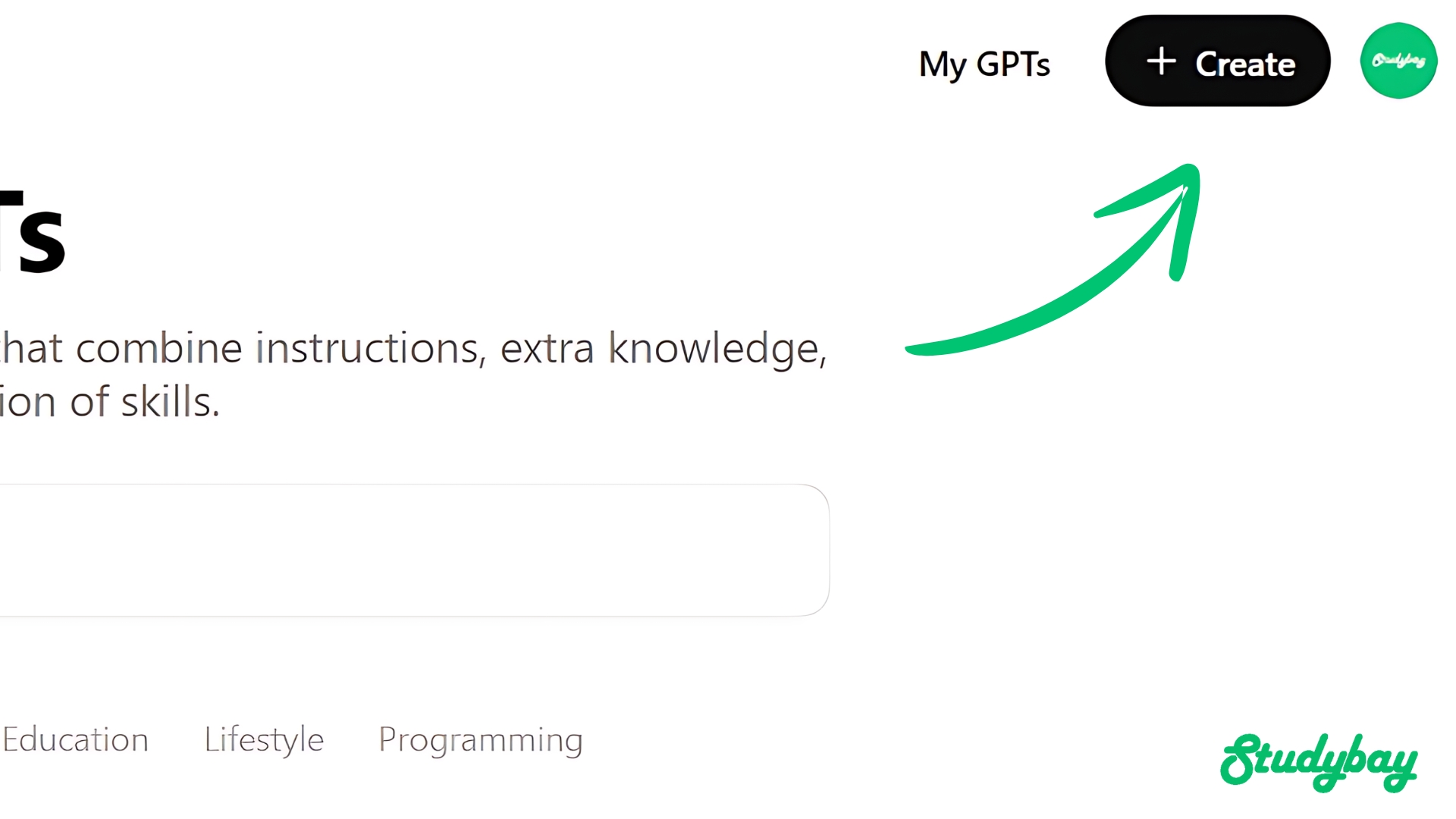
- Then, go to the "Configure" tab to begin uploading your own data and click "Upload files". Be sure to send your curated data sets in a processing-compatible format. Verify that the data you're using is varied and reflective of the domains you'd like your AI model to comprehend. Training that is both effective and relevant must be of high quality.
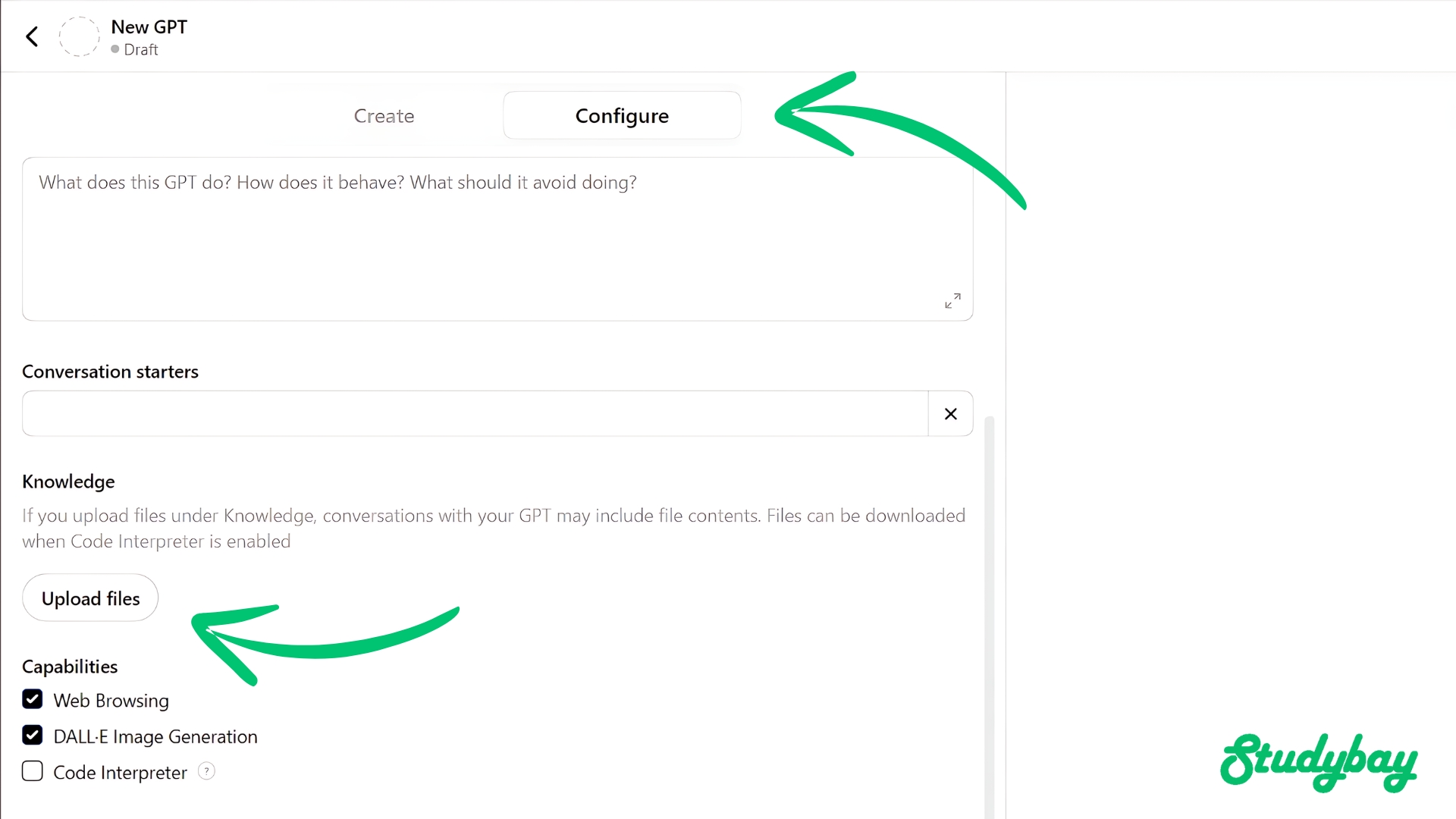
- After you've submitted your data, go to the "Create" page to configure ChatGPT. The bot in this tab will ask you all the necessary questions to help you stylize your own chatbot. Style, tone, and formality are some of the criteria that should be specified. You may also adjust parameters for response coherence and context comprehension. To make the AI respond the way you want it to, tweak these variables to fit your requirements and tastes.
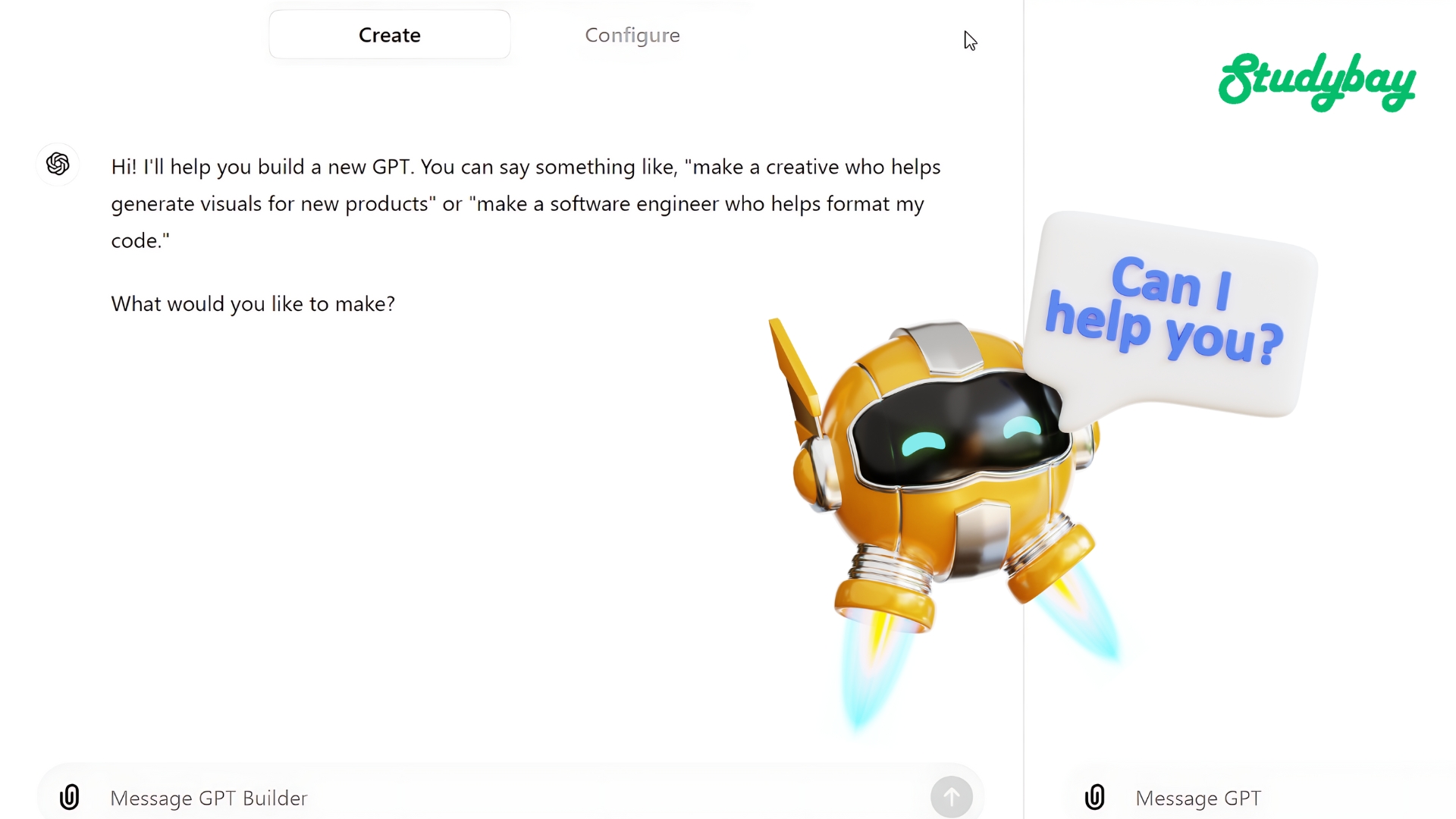
- Now that you have uploaded your data and set up your settings, you may additionally provide ChatGPT your own instructions in "Configure" tab. Make sure the AI is making sense by giving it questions and prompts to answer. Giving the AI specific, well-structured instructions improves its ability to comprehend your questions and provide relevant, useful answers. To get the most out of your AI, make sure you explain your requirements clearly.
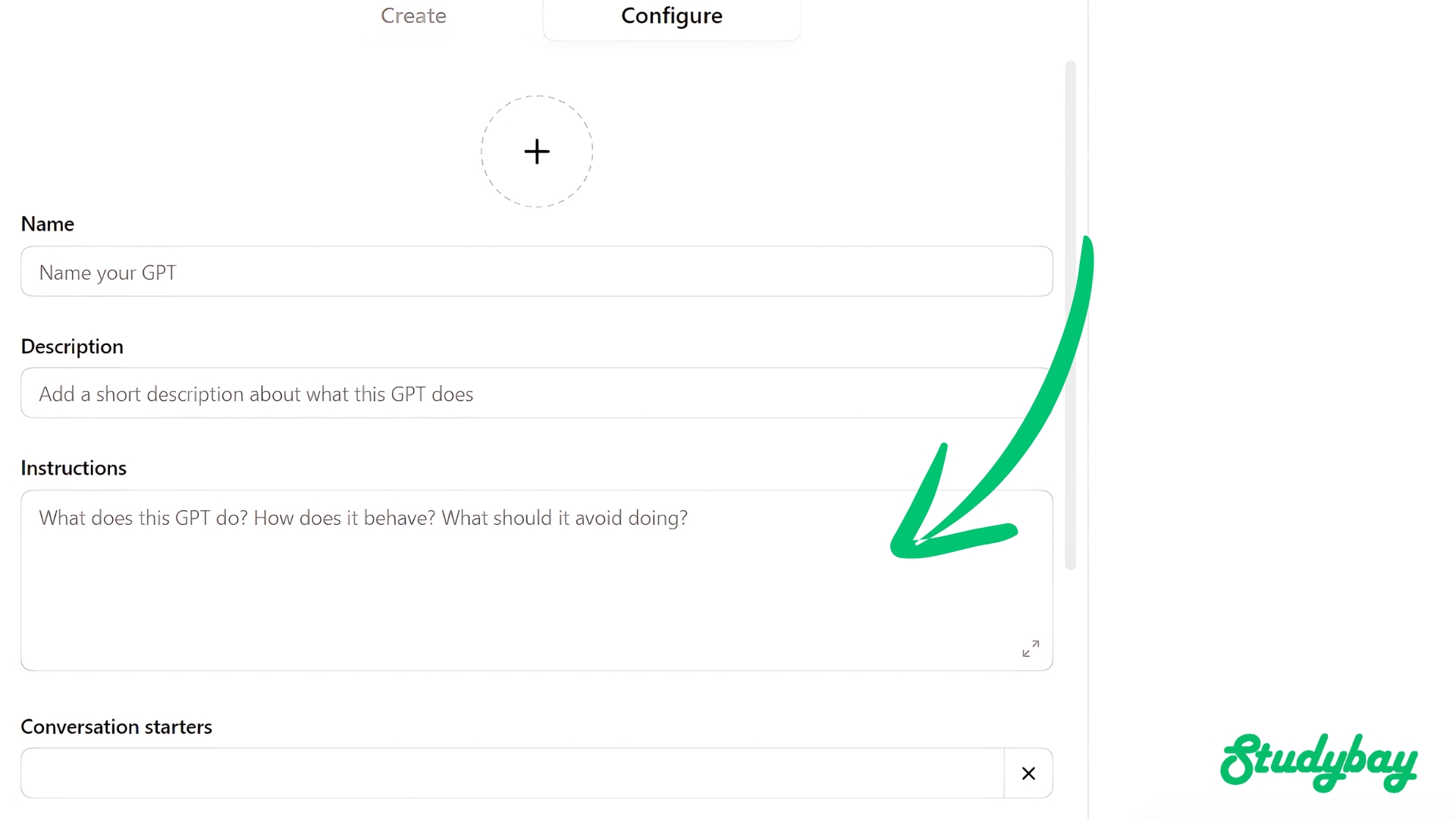
If you follow these steps, you will be able to train an artificial intelligence model that is tailored precisely to your requirements, and ChatGPT will respond in a manner that satisfies your expectations and assists you in accomplishing your objectives.
Training AI: The Ethical Considerations and Limitations That Go Into It
Earlier, we mentioned how you need to be responsible in your training by picking the right data. Though it’s becoming easier to do, part of how to train an AI to the best of your abilities should always include consideration of the information you’re teaching the bot. You need to teach it what’s correct but also what’s offensive.
Avoiding biases and harmful content is obvious enough. However, you should also think about respect for intellectual property and data privacy.
Just because a version of artificial intelligence is capable of cherry-picking information from the internet and using it for its own purposes, that does not mean it should do so. For instance, it’s not fair to an artist if you instruct the chatbot to use a piece of their artwork for whatever purpose appeals to you without crediting the original creator.
Potential biases and harmful outputs can easily damage your reputation if you make your new tool available to the public via your website and it says or does something malicious. You need to know this can happen since it is a limitation of this technology.
While the language understanding and reasoning capabilities of this technology are nothing short of remarkable, the possibility for it to make errors or to be inconsistent still exists. That is why, in many circumstances, using a human author from a company like Studybay is still the superior option for things like academic assignments.
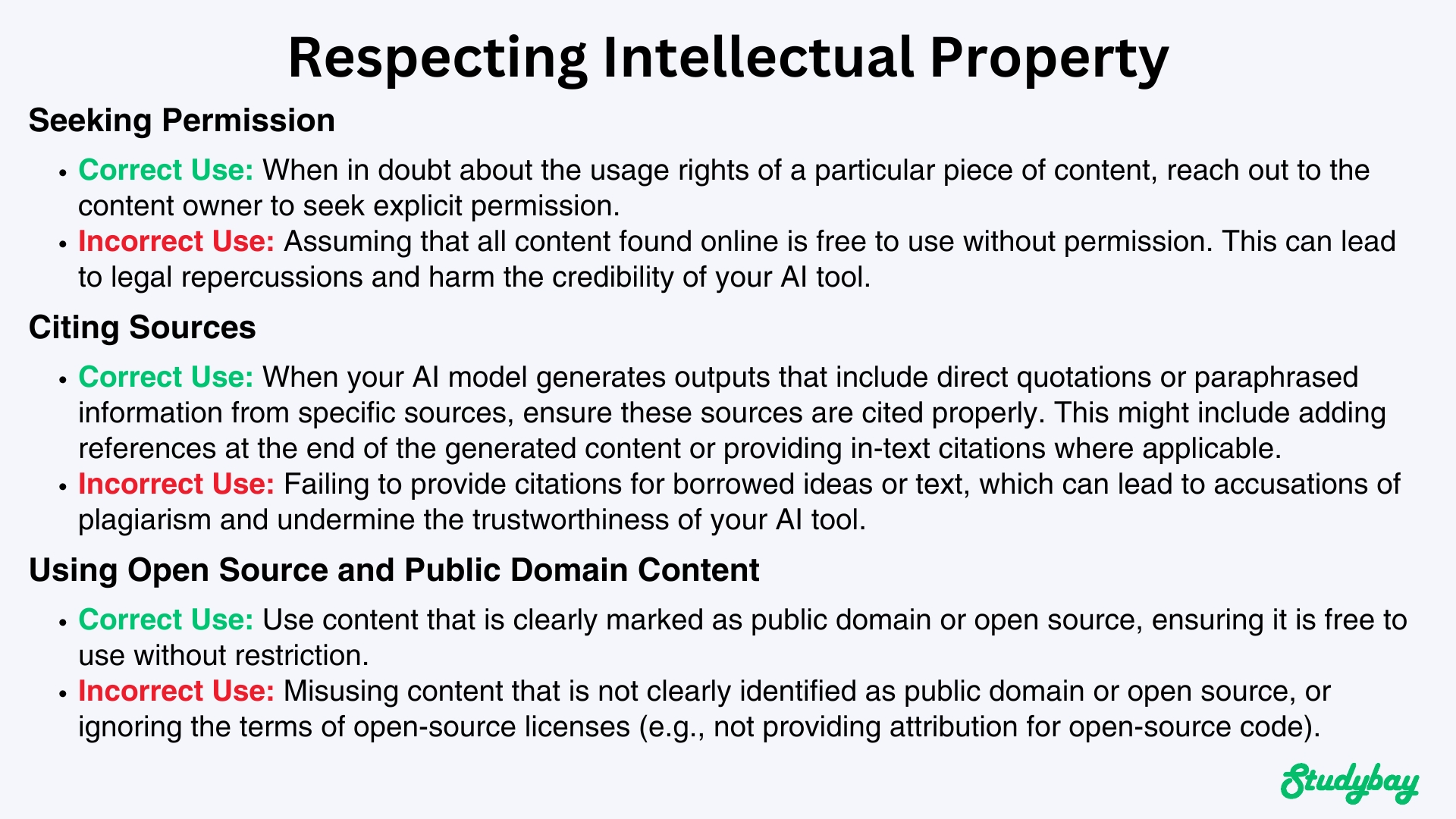
Conclusion
Now you know what goes into AI data training and how it can be of use to you. Still, many individuals prefer to do things like write papers on their own these days. They are not yet ready to trust the technology.
Others are interested in learning how to use these new tools, but they are not ready to try customizing one by themselves. If you fall into this category, you can always consider contacting a company like Studybay AI or Stylus AI. We can help you write an essay with a little help from the very technology we have been talking about.
Resources
Showers, Tyrone. "How to Train ChatGPT on Your Data: Make a Custom Chatbot." wikiHow, 8 May 2024, www.wikihow.com/Train-Chatgpt.
Ali, Moez. How to Make Custom ChatGPT Models: 5 Easy Steps to Personalized GPTs. 28 Nov. 2023, www.datacamp.com/tutorial/how-to-make-custom-gpts.
Chen, Michael. What Is AI Model Training and Why Is It Important? 6 Dec. 2023, www.oracle.com/artificial-intelligence/ai-model-training.
FAQ
Is There a Recognized Ethical Method You Would Use to Train AI Model Examples?
How to Train AI Model: What Are the Basics?
What Do I Require in Order to Train an AI Model?
What is AI Training?
What Else Can These Bots Do?
Is There Anything Unethical About Using This Technology?



